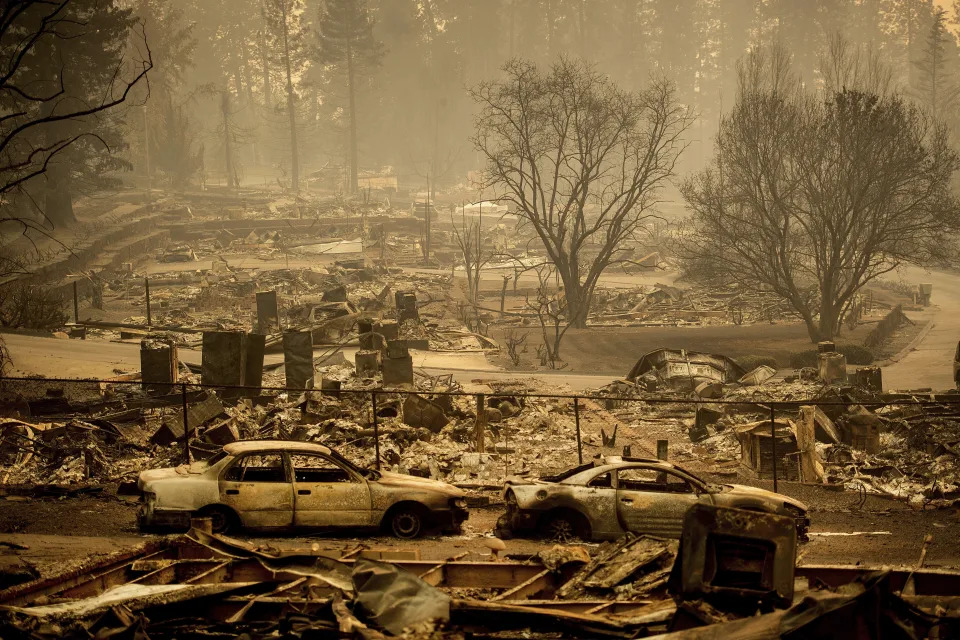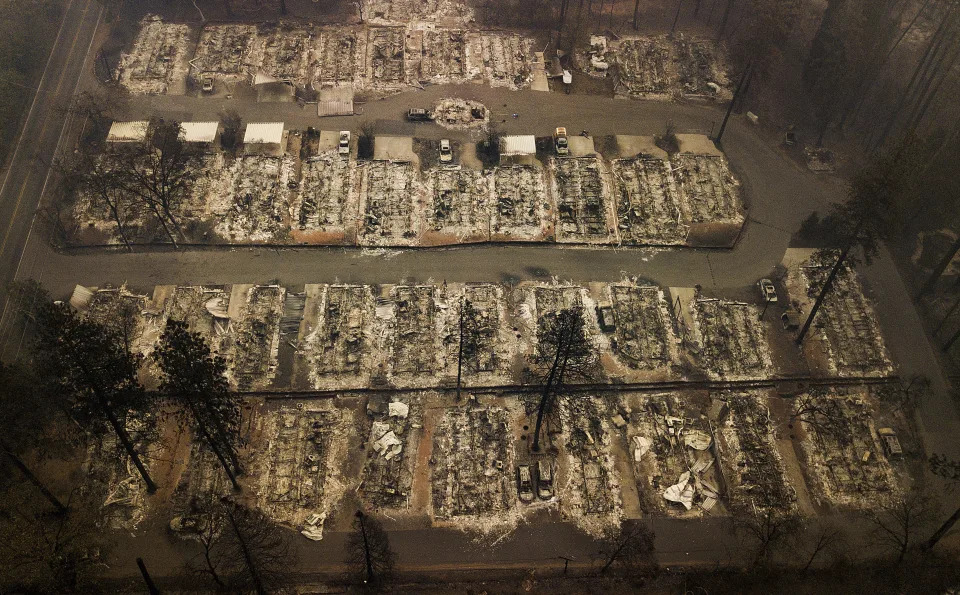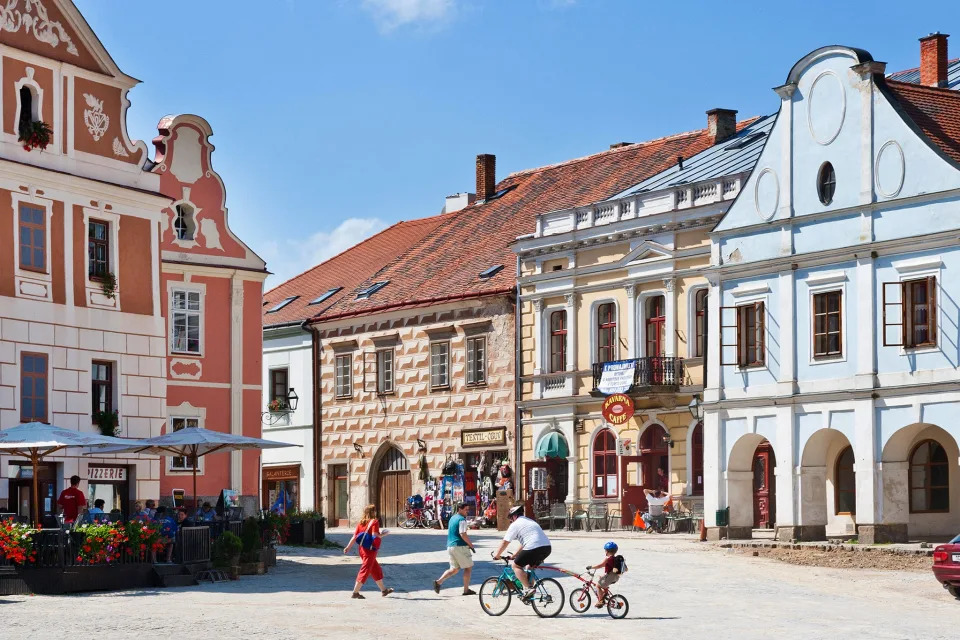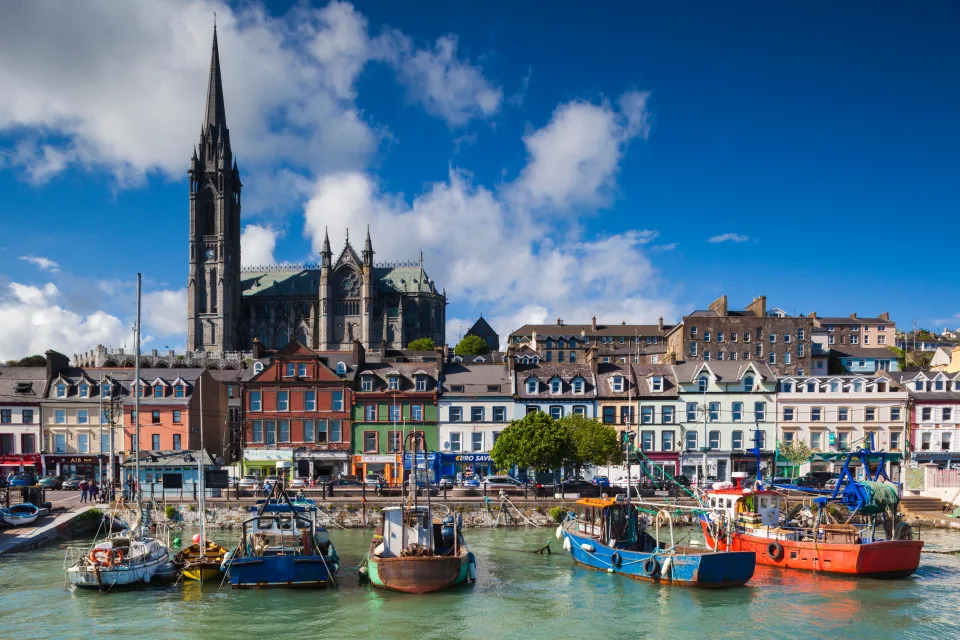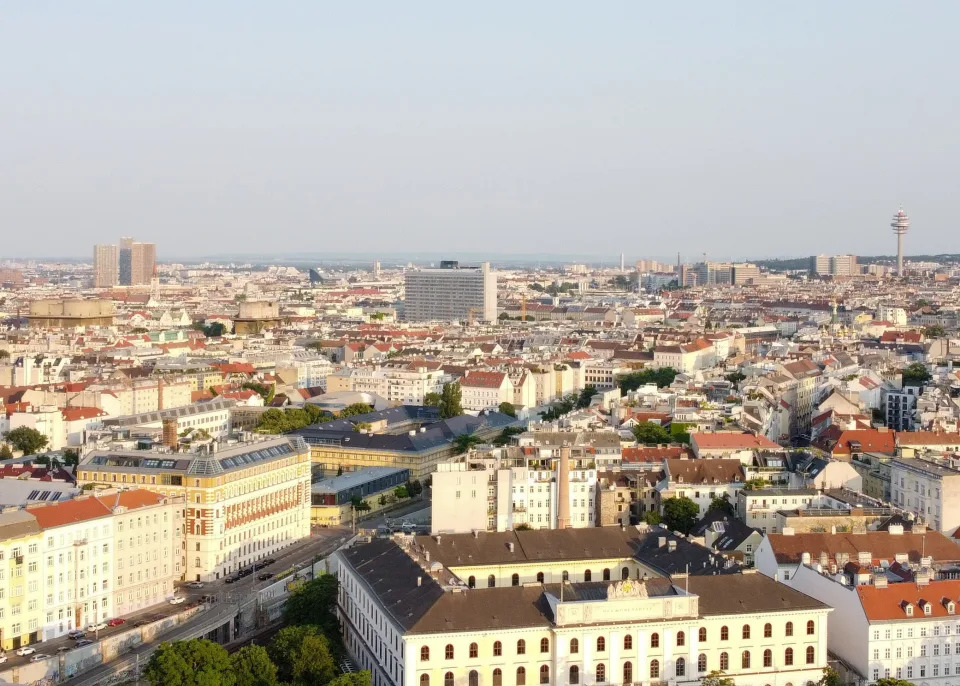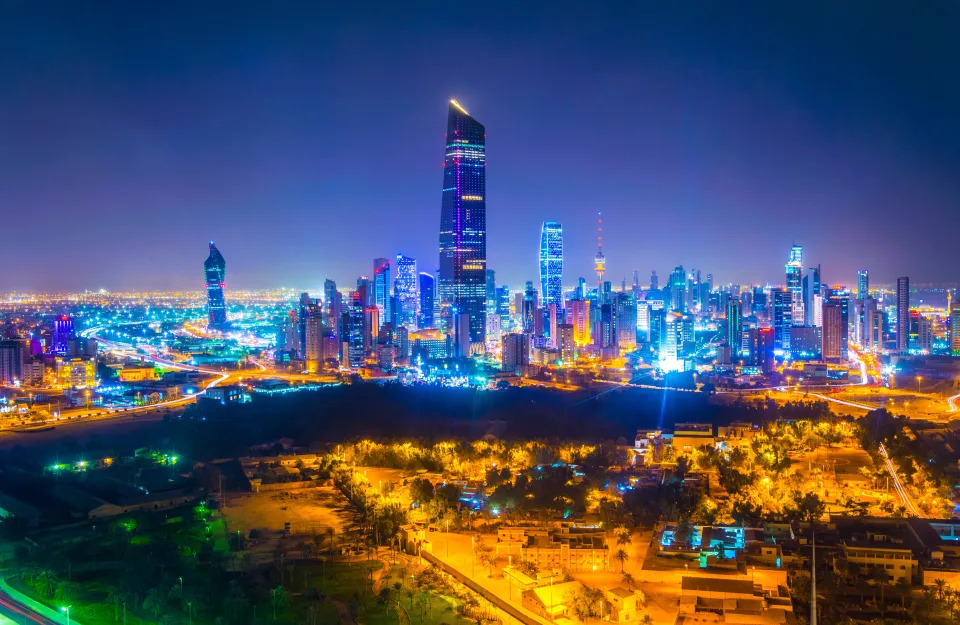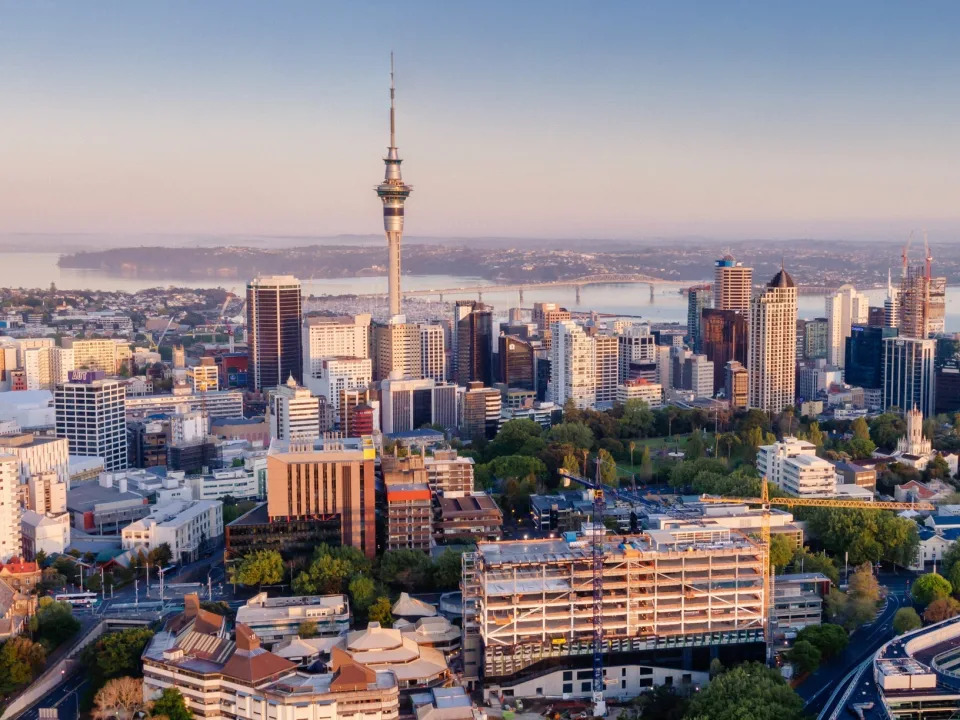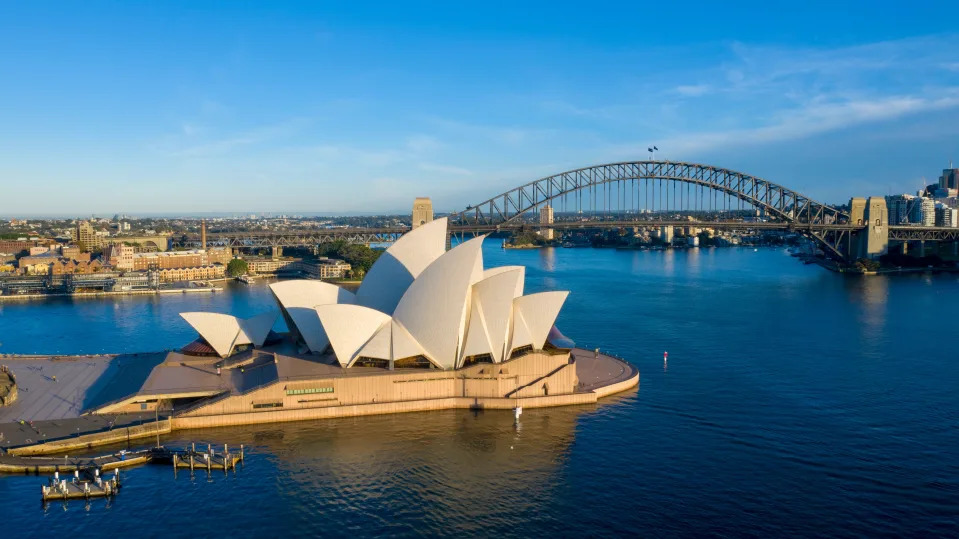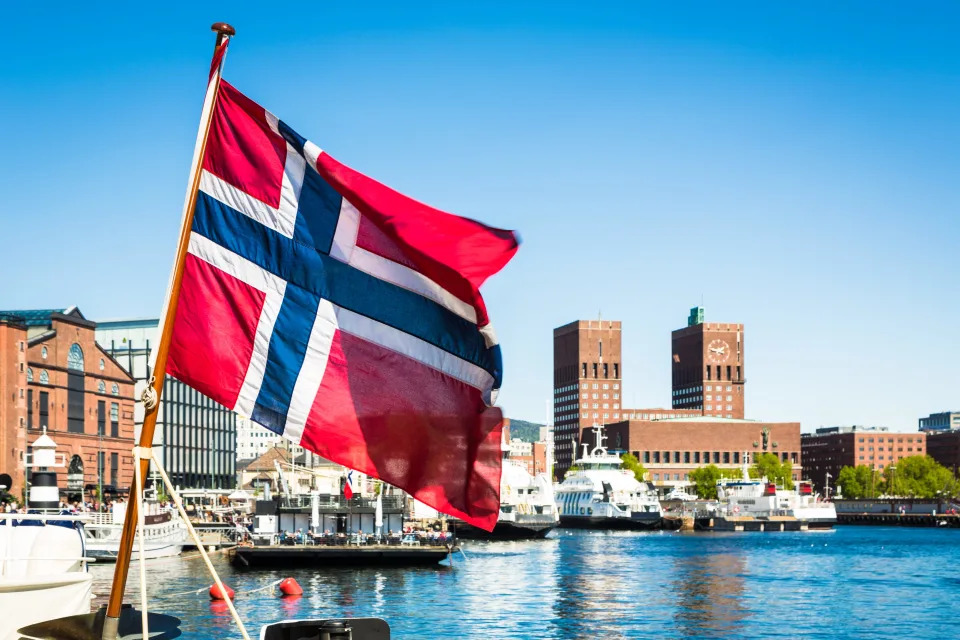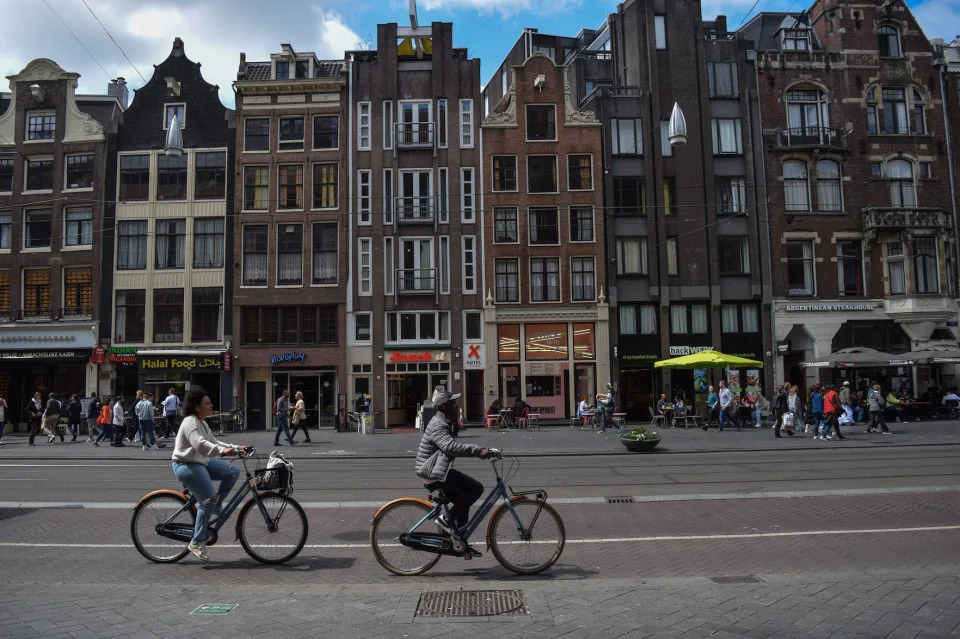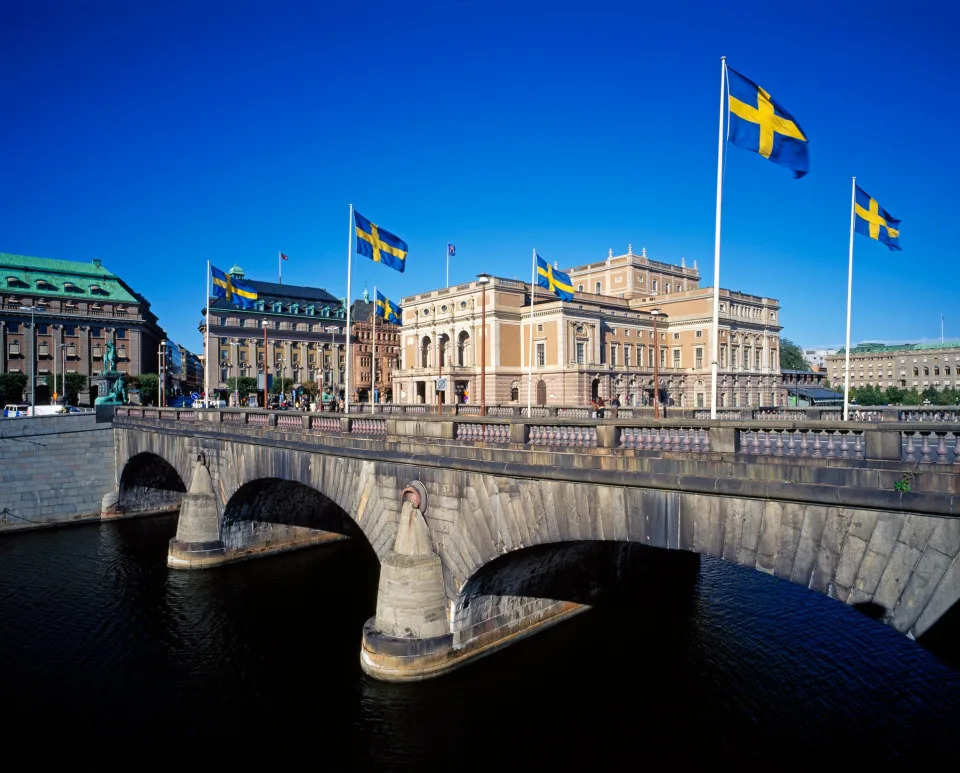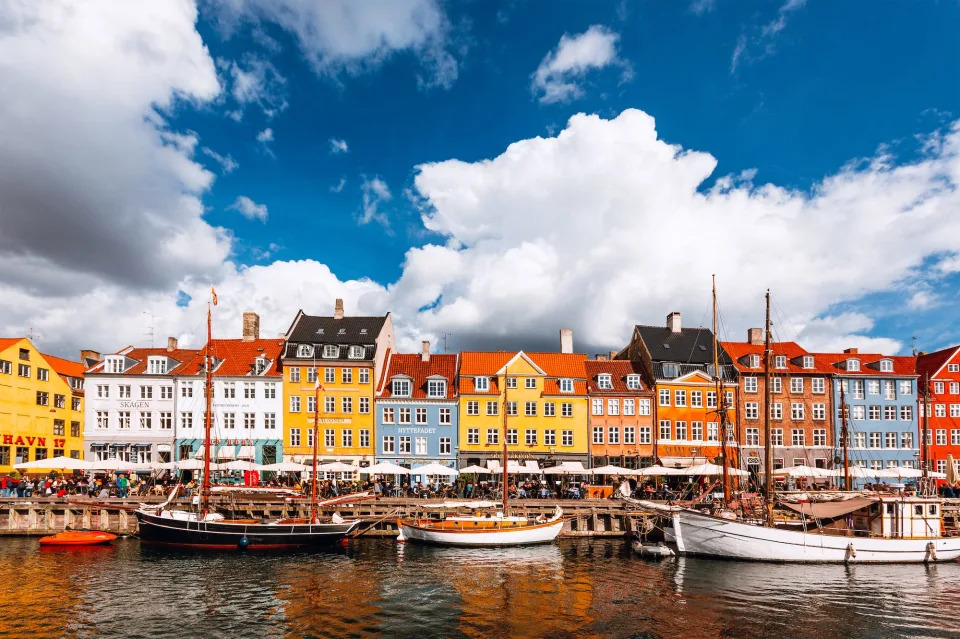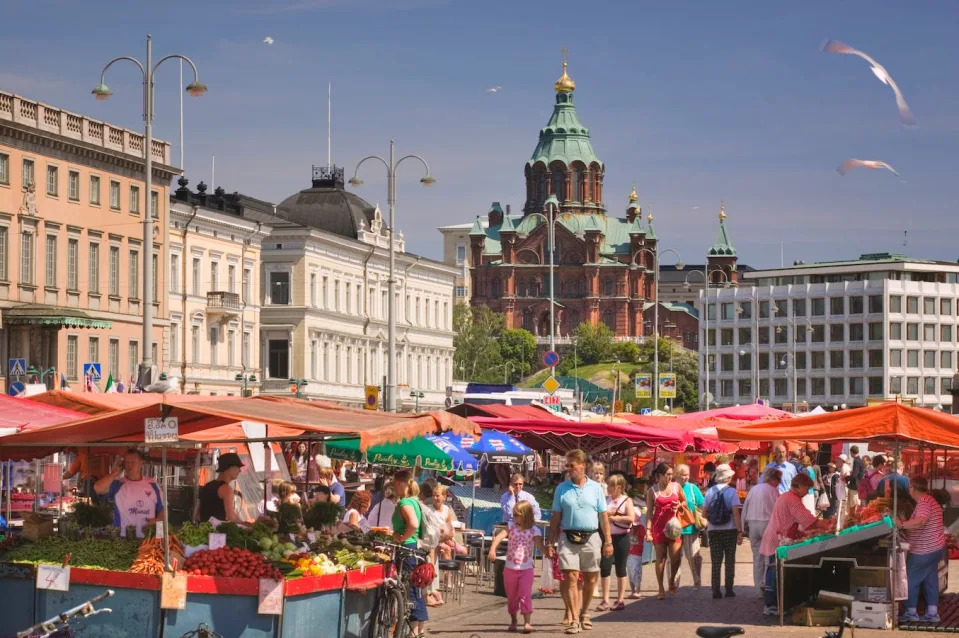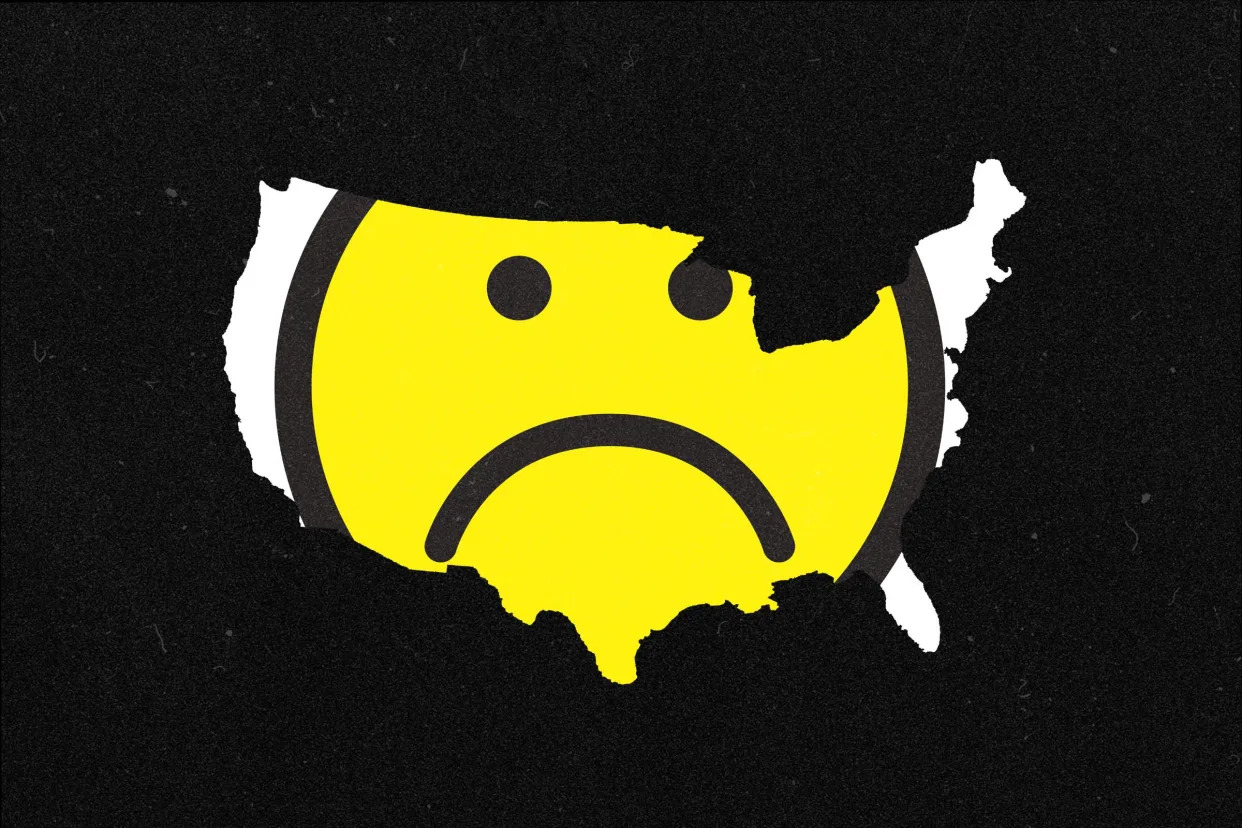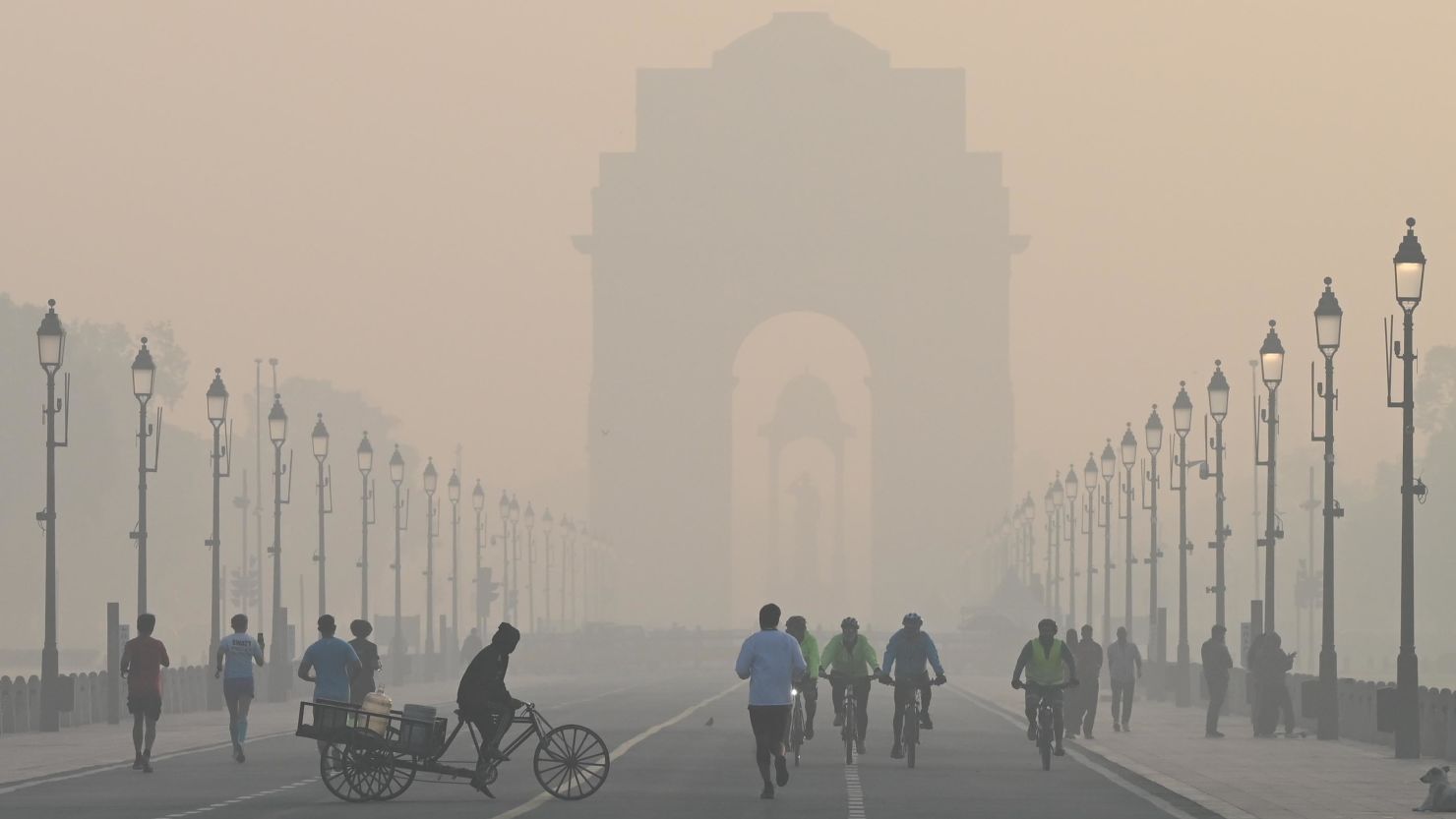The Hill
Drinking water in US prisons may contain dangerous levels of ‘forever chemicals’: Study
Sharon Udasin – March 21, 2024

Nearly half of American prisons are located downstream from water sources that are likely contaminated with cancer-linked “forever chemicals,” a new study has found.
Due to insufficient water quality testing in and around such sites, officials have only found that 5 percent of U.S. carceral institutions are situated in watersheds that definitively contain these toxic compounds, according to the study, published in the American Journal of Public Health. But tens of thousands of people are incarcerated at those facilities — and presumptive sources of exposure were found near many more sites.
When it comes to toxins like forever chemicals, also known as PFAS, incarcerated populations are of particular concern because they have minimal ability to reduce their exposures and are therefore especially vulnerable to acute health effects, the researchers stressed.
“If you think of the incarcerated population as a city spread out over this vast archipelago of carceral facilities, it would be the fifth largest city in the country,” senior author Nicholas Shapiro, a medical anthropologist the University of California, Los Angeles, said in a statement.
That figurative “city,” he continued, has “potentially very high levels of toxicants in its water and no ability to mitigate exposure.”
Notorious for their ability to persist in both the human body and in the environment, PFAS have been connected to a variety of illnesses — including kidney cancer, thyroid disease and testicular cancer.
There are thousands of types of PFAS (per- and polyfluoroalkyl substances), found in industrial waste, certain types of firefighting foam and household products, such as nonstick pans, waterproof apparel and many cosmetics.
To draw their conclusions about prisons’ potential exposure to the substances, the researchers assembled a list of the country’s 6,118 carceral facilities from the Department of Homeland Security and conducted a geospatial data analysis to pinpoint which sites were situated in watersheds with known or likely PFAS pollution.
They also considered whether watershed boundaries were at higher elevations with respect to the carceral institutions, as such positioning increases the likelihood that pollutants are infiltrating the facility’s water supply.
Ultimately, they identified 310 sites — or 5 percent of the total facilities — situated in such watersheds, at a lower elevation than at least one known source of PFAS contamination.
At least 150,000 people, of which at least 2,200 are juveniles, live in these facilities, according to the study.
But the reality may be far worse. The authors found that nearly half of all U.S. carceral institutions — 47 percent — have at least one presumptive source of PFAS pollution at a higher elevation than the facilities and within their watershed boundaries.
More than half of U.S. juvenile facilities — 56 percent — meet that description, per the findings.
These potentially polluted prisons, jails and detention centers — the majority of which are state- and county-run institutions — house about 990,000 people, including at least 12,800 juveniles, the authors noted.
Many carceral facilities may be contending with multiple PFAS exposures, with 31 percent of U.S. institutions located in areas with more than one presumptive source of contamination, according to the study. About 13 percent have more than five presumptive sources.
Because about a third of the carceral facilities were missing complete population data, however, the total number of individuals exposed could be much higher, the researchers warned.
Co-author Lindsay Poirier, an assistant professor of statistical and data sciences at Smith College, emphasized the challenges the researchers faced in conducting the study due to the “substantial data gaps” in water quality monitoring and population numbers.
“We’re trying to draw attention to areas that have been underassessed,” Poirier said in a statement.
In addition to the lack of transparent information available, the authors pointed to potential environmental justice issues, as the residents of U.S. prisons “are disproportionately Black, Latinx, Indigenous, low-income, and LGBTQ+.”
Incarcerated youths are also disproportionately adolescents of color, with Black youths more than four times more likely than white youths to be held in a juvenile institution, per the study.
U.S. prisons, they explained, are therefore “an important window into how the justice system advances public health inequities,” the researchers stated.
Although the authors could not test whether the polluted water was for sure entering the prisons, they stressed a need for further research, as these toxins can have lifelong health impacts.
“The most rigorous and consistent water testing is done in well-resourced or particularly engaged communities,” Shapiro said, noting that these same communities are best equipped to reduce their exposure.
“Incarcerated populations have a lot in common with marginalized populations elsewhere in the country that lack the resources and political clout to get their water cleaned up,” Shapiro added. “That needs to change.”



